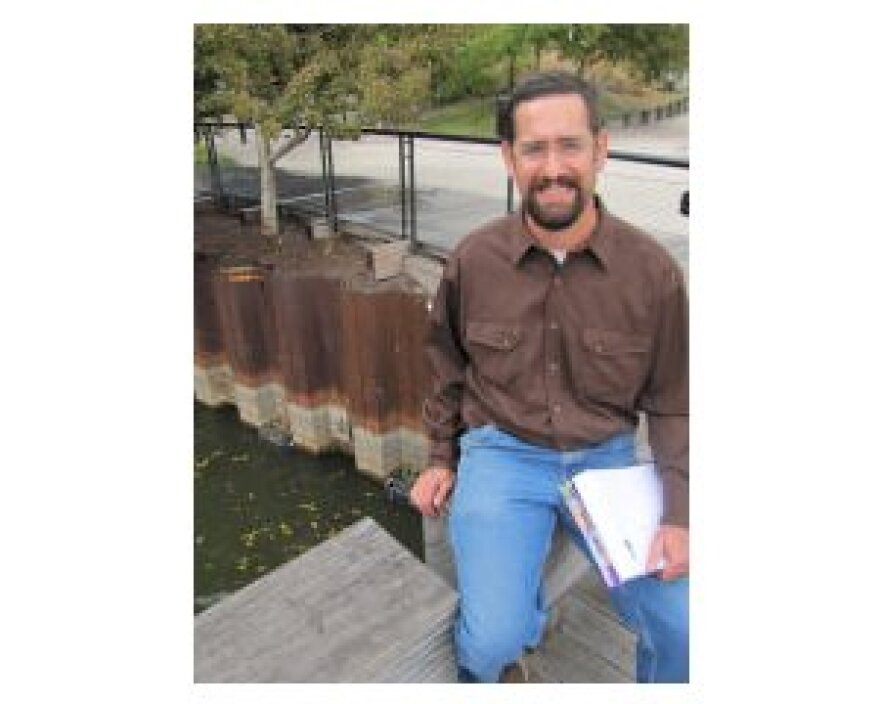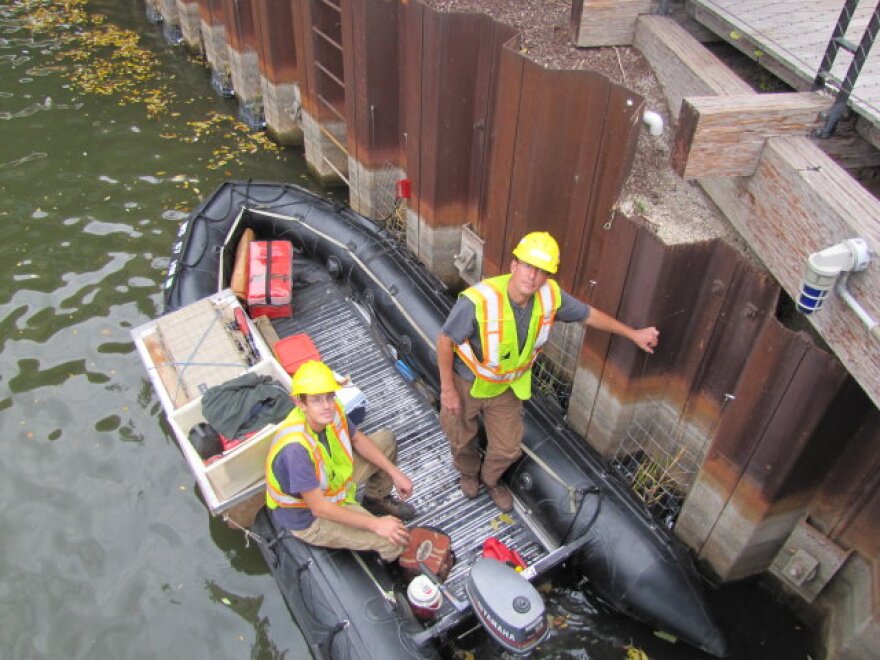This Earth Week, Environmental Reporter Susan Bence has been relaying the voices and stories of people who steward our habitat in their own, unique way.
In her final installment, she introduces us to Mike Marek. For 15 years, he’s tinkered with an aquatic habitat system that he hopes will encourage healthy fish and wildlife along Milwaukee’s “urbanized” rivers. You may have noticed the cages Marek's team has installed along waterways.
"Young fish migrate from Lake Michigan into the upriver reaches of the river for spawning, and this section through the harbor is challenging for them to get through, so fingerlings have no food or shelter on their important migration. This will offer them a spot to get out of the sun and hopefully find some food."
Susan joined him last fall, while his crew worked aboard an inflatable boat in the Milwaukee River.
Marek reports that floating aquatic plant habitats over wintered well on the Menomonee River. However, about half on the Milwaukee River must be repaired due to ice damage.

In coming weeks, Marek and his team will fasten an 80 by 8 foot island habitat along the seawall of the UWM School of Freshwater Sciences – the first of four.
"They'll have up to 40 species of native plants growing on them. We'll expect to see a huge fisheries impact there because there's so much more food and biomass available for the plants. And also more terrestrial wildlife and birds can use those as well. Island installations will also serve as a biological filter of sorts for the river."
You might spot them trolling the Kinnickinnic, as they install the last of 250 baskets.
The river and harbor habitat-building projects represent the collaboration of local and federal partners, that include Milwaukee Metropolitan Sewerage District, Groundwork Milwaukee and the EPA.



